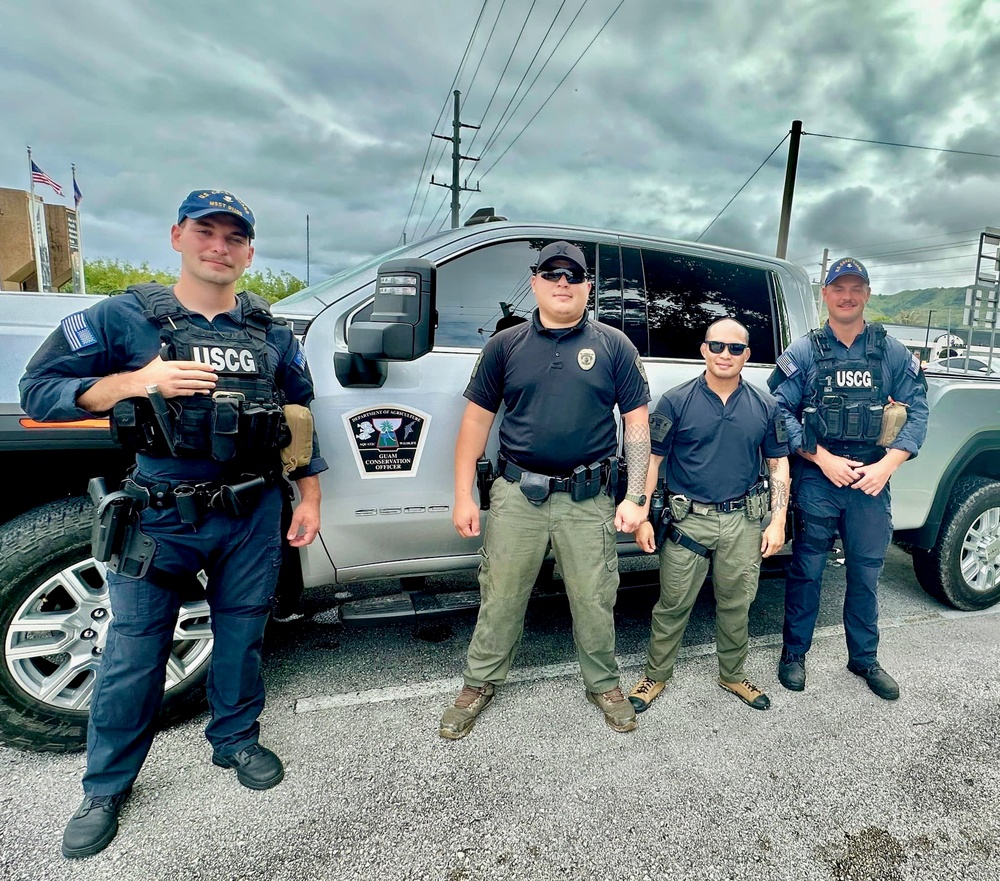DVIDS – News – Lightning Safety: When Thunder Roars, Go Indoors
Normally summertime means barbecues, festivals, sporting events, boating, hitting the beach, camping, and other recreational activities. In short, summertime normally means a lot more people are spending time in the great outdoors.
Summer is also the peak season for one of the nation’s deadliest weather phenomena — lightning. Lightning typically receives less attention than other storm-related killers because it does not result in mass destruction or casualties like tornadoes, floods, or hurricanes often do. However, consider these lightning statistics:
• About 25 million cloud-to-ground lightning strikes occur in the United States each year.
• Over the last 30 years, the U.S. has averaged 51 lightning fatalities per year.
• Only about 10 percent of people struck by lightning are actually killed. The other 90percent must cope with varying degrees of discomfort and disability, sometimes for the rest of their lives.
Norfolk Naval Shipyard’s (NNSY) Emergency Management Officer Steve Murley said, “Lightning safety education can raise awareness about the hazards of lightning in order to lower the number of deaths and injuries caused by lightning strikes. Remember, lightning makes every single thunderstorm a potential killer, whether the storm produces one single bolt or ten thousand bolts.”
Lightning is one of the most erratic and unpredictable characteristics of a thunderstorm. To protect oneself, knowing and following proven lightning safety guidelines can greatly reduce the risk of injury or death.
Most lightning victims are not struck during the worst of a thunderstorm but rather before or after the storm reaches its greatest intensity. This is because many people are unaware that lightning can strike as far as 25 miles away from its parent thunderstorm, much farther out from the area of rainfall within the storm!
Therefore, if you can hear thunder, you are within striking distance. Seek safe shelter immediately. Remember this lightning safety rule: WHEN THUNDER ROARS, GO INDOORS…and stay there until 30 minutes after the last clap of thunder. Do not wait for the rain to start before you decide to seek shelter, and do not leave shelter just because the rain has ended.
“The best way to protect yourself and your family from the dangers of thunderstorms is to be prepared,” said Murley. “If you have outdoor plans, be sure to familiarize yourself with the latest weather forecast before heading out. Consider taking a portable National Oceanic and Atmospheric Administration (NOAA) Weather Radio or AM/FM radio with you. Upon arriving on-site, determine where you will seek shelter in the event of a thunderstorm and how long it would take to reach that shelter. A sturdy, enclosed structure with plumbing and electrical wiring is safest, but if one is not available most enclosed metal vehicles are safe alternatives.”
During your outdoor activities, keep an eye to the sky for developing thunderstorms. If thunder is heard, if lightning is seen, or even if thunderclouds are developing, seek shelter immediately!
As we continue to recover from COVID-19, please keep in mind, you may need to adjust any preparedness actions based on the latest health and safety guidelines from the CDC and your local officials.
For tips and resources related to lightning safety, please visit https://www.weather.gov/safety/lightning.
| Date Taken: | 08.25.2021 |
| Date Posted: | 08.25.2021 14:14 |
| Story ID: | 403895 |
| Location: | PORTSMOUTH, VA, US |
| Web Views: | 57 |
| Downloads: | 0 |
PUBLIC DOMAIN

This work, Lightning Safety: When Thunder Roars, Go Indoors, by Jason Scarborough, identified by DVIDS, must comply with the restrictions shown on https://www.dvidshub.net/about/copyright.


 Private Internet Access gives you unparalleled access to thousands
of next-gen servers in over 83 countries and each US state. Your
VPN experience will always be fast, smooth, and reliable.
Private Internet Access gives you unparalleled access to thousands
of next-gen servers in over 83 countries and each US state. Your
VPN experience will always be fast, smooth, and reliable.

